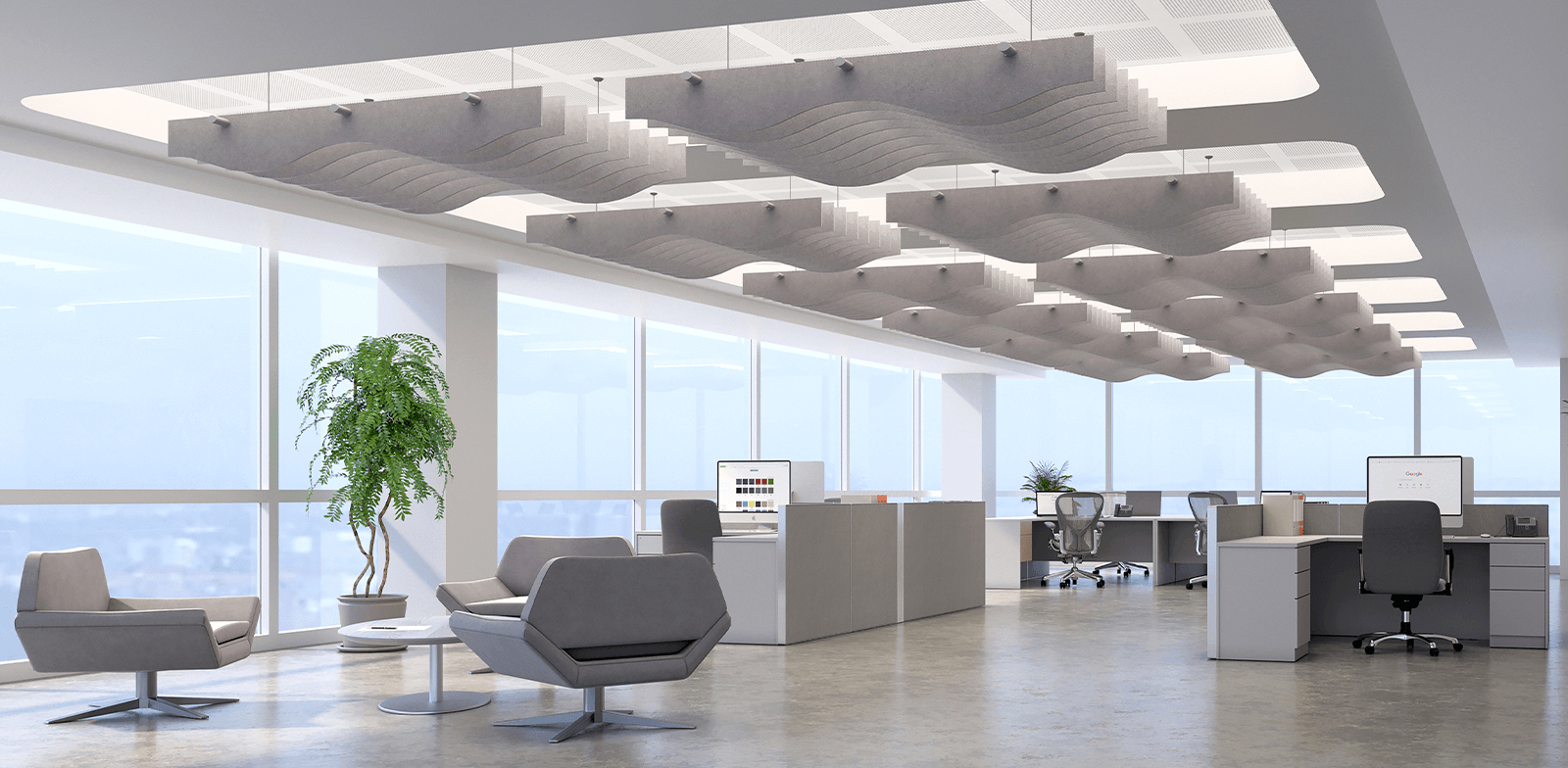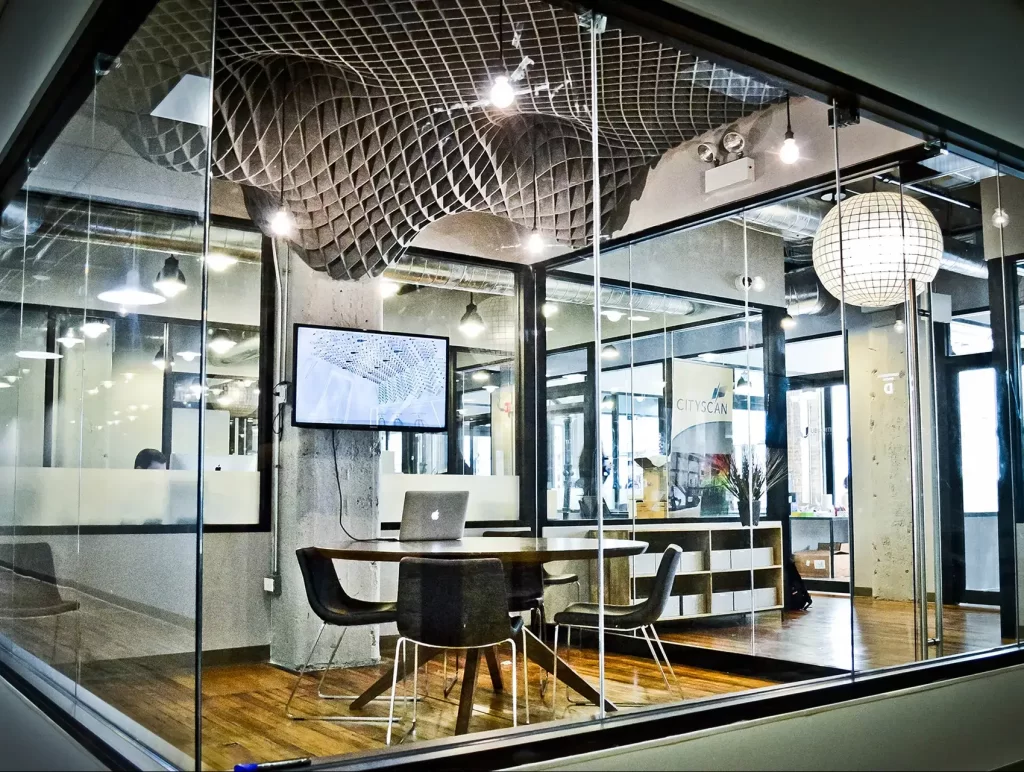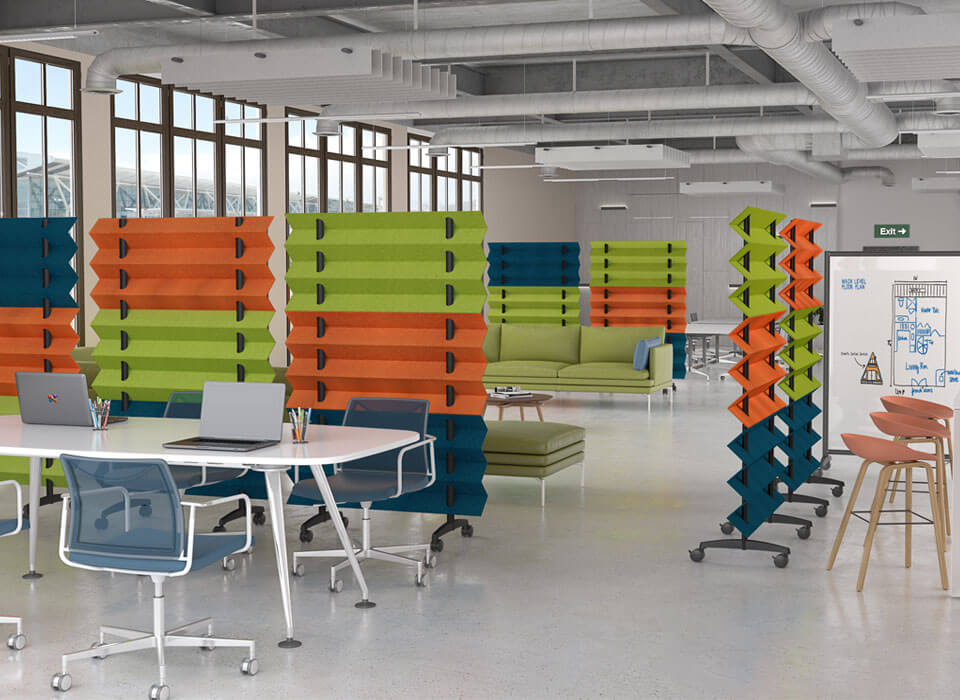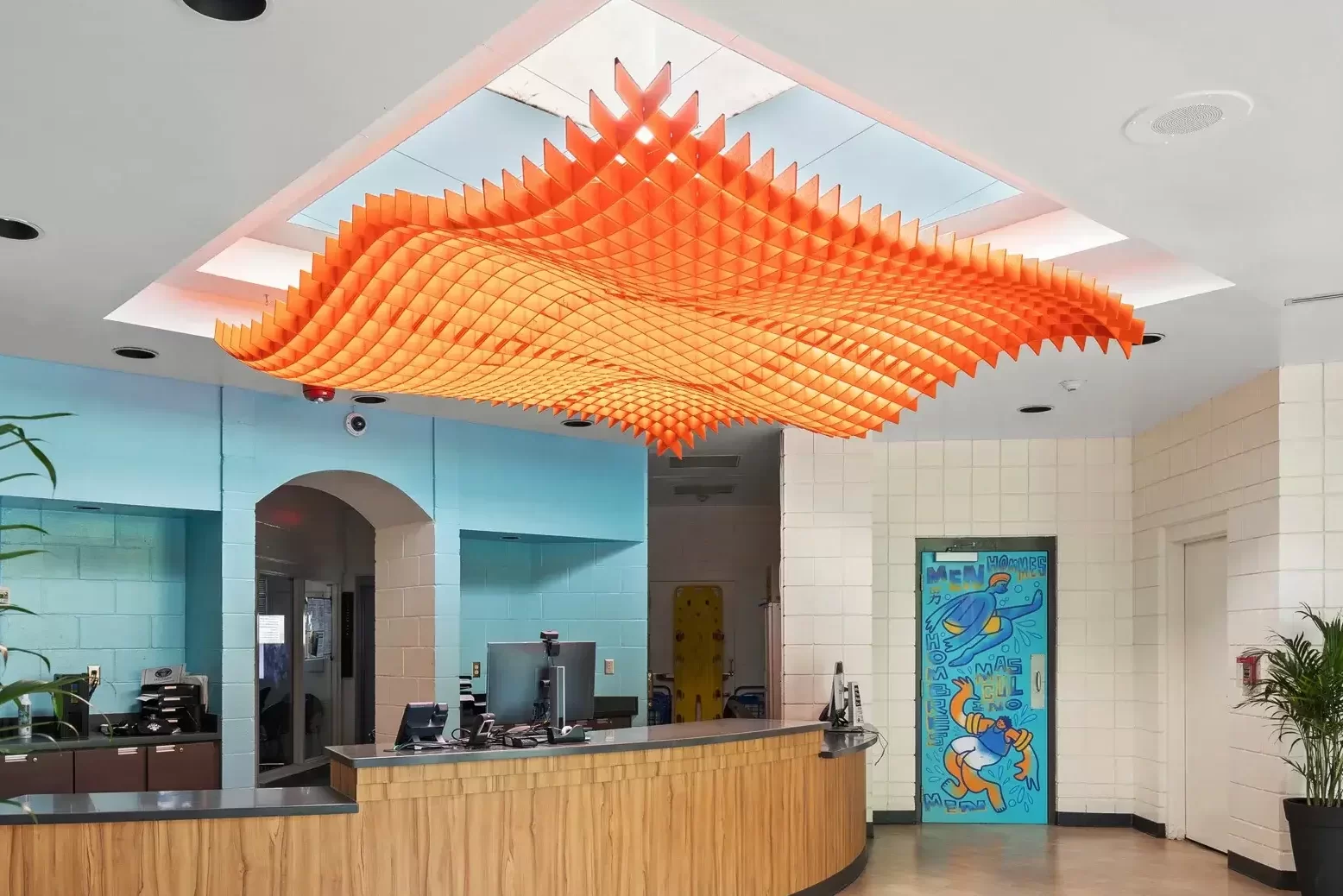In today’s fast-paced and bustling work environments, noise pollution has become a pervasive issue that can significantly impact employee well-being, productivity, and satisfaction. To combat this challenge, many organizations are turning to sound absorbing materials as a solution to create quieter and more conducive workspaces. The incorporation of sound absorbing materials into office spaces offers a range of benefits that contribute to a healthier, more harmonious, and more productive work environment.
The primary benefit of adding sound absorbing material to an office space is the reduction of noise levels. Sound absorbing materials, such as acoustic panels, ceiling tiles, wall coverings, and furniture upholsteries, are designed to absorb sound waves and minimize reverberation, thereby attenuating the overall noise level in the environment. By effectively reducing unwanted noise, sound absorbing materials create a quieter and more comfortable atmosphere that fosters concentration, focus, and productivity among employees.
Sound absorbing materials help to improve speech intelligibility and communication in office settings. In open-plan offices or conference rooms, excessive reverberation and noise can hinder verbal communication and lead to misunderstandings or miscommunications among employees. By reducing reverberation and controlling sound reflections, acoustic panels and other sound absorbing materials enhance speech clarity and intelligibility, making it easier for employees to communicate effectively and collaborate with their colleagues.

Another significant benefit of sound absorbing materials is their ability to enhance privacy and confidentiality in shared workspaces. In environments where sensitive or confidential conversations occur, such as meeting rooms, private offices, or healthcare facilities, sound absorbing materials help to prevent the transmission of sound and reduce the risk of eavesdropping or information leakage. By creating a barrier against sound transmission, acoustic panels and partitions protect the privacy of conversations and ensure that confidential information remains secure.
Furthermore, sound absorbing materials contribute to the creation of a more comfortable and enjoyable work environment. Excessive noise levels can cause stress, fatigue, and discomfort among employees, leading to decreased morale and job satisfaction. By minimizing noise disturbances and creating a quieter ambiance, sound absorbing materials promote a sense of calm and tranquility in the workplace, which can enhance employee well-being, reduce stress levels, and improve overall job satisfaction.

The incorporation of sound absorbing materials into office spaces can have aesthetic benefits by enhancing the visual appeal of the environment. Acoustic panels and ceiling tiles are available in a variety of colors, shapes, and textures, allowing organizations to customize the design of their workspace and create visually appealing interiors. By integrating sound absorbing materials into the architectural design of the office, organizations can enhance the overall aesthetic quality of the space while simultaneously improving its acoustic performance.
Sound absorbing materials contribute to energy efficiency and sustainability by reducing the need for artificial sound masking systems or excessive HVAC (heating, ventilation, and air conditioning) usage. By minimizing noise pollution and controlling sound levels, acoustic panels and other sound absorbing materials help to create a more balanced and energy-efficient indoor environment. This eco-friendly approach to noise management aligns with the growing emphasis on sustainability in office design and operations, making sound absorbing materials a desirable choice for environmentally conscious organizations.

In conclusion, the benefits of adding sound absorbing material to an office space are manifold and significant, encompassing improvements in noise reduction, speech intelligibility, privacy, comfort, aesthetics, and sustainability. By investing in sound absorbing materials, organizations can create quieter, more productive, and more enjoyable work environments that promote employee well-being, enhance communication, and support organizational success. As the importance of acoustic comfort in the workplace continues to gain recognition, sound absorbing materials emerge as an essential component of modern office design, harnessing the power of silence to unlock the full potential of the workspace.
Get started with a free workspace design consultation.
Complete the form and we’ll contact you about scheduling a consultation with a workspace design specialist.
Join Our Newsletter
Sign up to receive updates and special offers.

